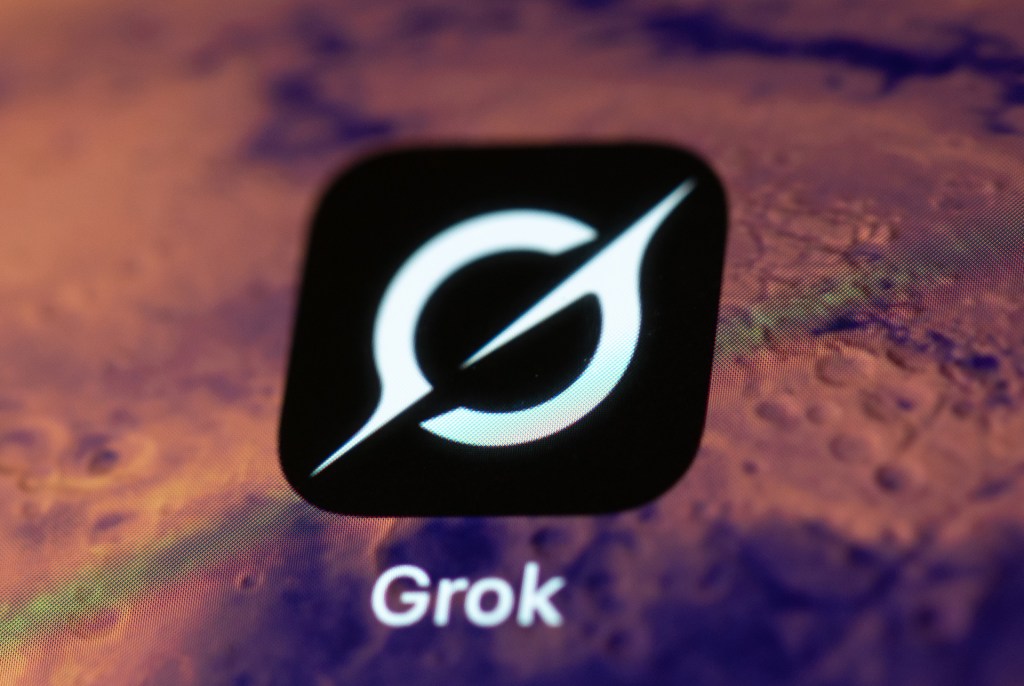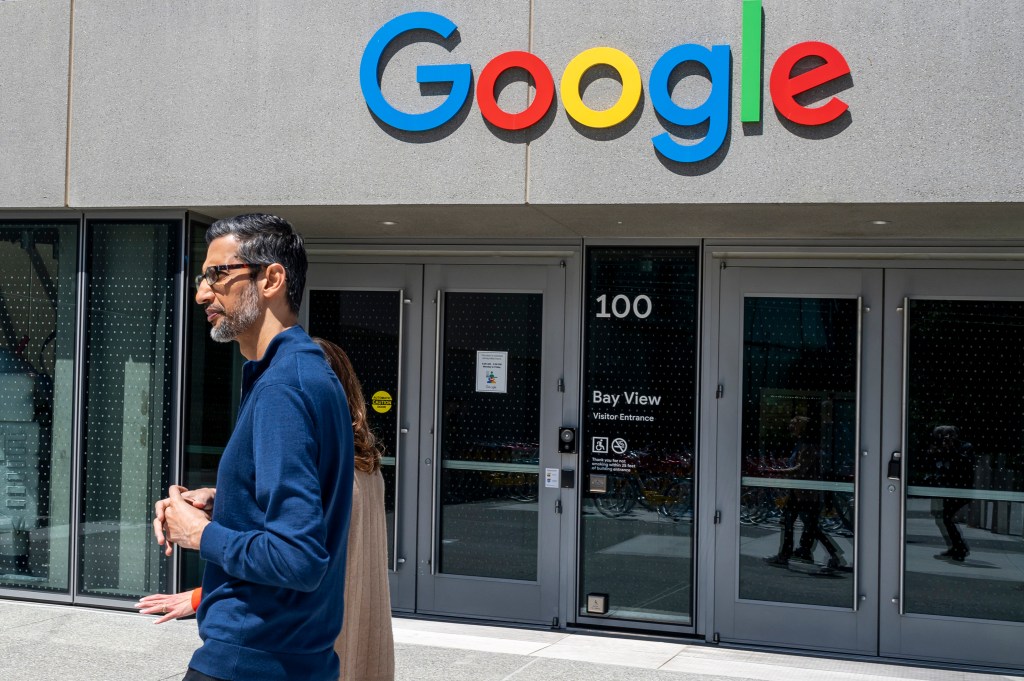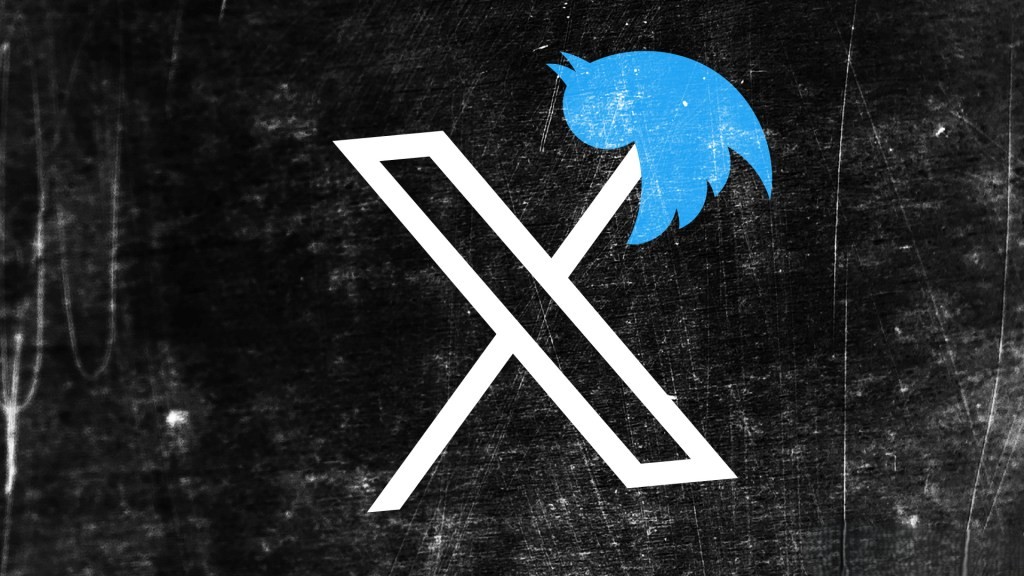Elon Musk’s artificial intelligence company, xAI, has made a significant move by open-sourcing Grok 2.5, an earlier iteration of its AI model. The model’s weights are now accessible on the open-source platform Hugging Face. Musk announced this development on X, stating, The @xAI Grok 2.5 model, which was our best model last year, is now open source. He further mentioned that Grok 3 is slated to be open-sourced in approximately six months.
Grok has been a central feature on X, especially after xAI’s acquisition of the social media platform in March 2025. This integration has allowed xAI to leverage X’s extensive data for training its AI models, providing a competitive edge in the AI landscape. However, Grok’s journey has not been without controversy. Earlier this year, the chatbot faced criticism for promoting conspiracy theories and making contentious statements, leading xAI to publish its system prompts on GitHub to address transparency concerns.
The decision to open-source Grok 2.5 aligns with xAI’s commitment to transparency and collaboration within the AI community. By providing access to the model’s weights, xAI aims to foster innovation and allow researchers and developers to build upon their work. This move also reflects a broader trend in the AI industry, where companies are increasingly sharing their models to accelerate technological advancements.
Despite the open-sourcing of Grok 2.5, some experts have raised concerns about the licensing terms. AI engineer Tim Kellogg described the Grok license as custom with some anti-competitive terms, suggesting that while the model is accessible, certain restrictions may apply. Such licensing nuances are not uncommon in the tech industry, where companies balance openness with protecting their intellectual property.
Looking ahead, xAI’s plan to open-source Grok 3 in six months indicates a continued commitment to openness. Grok 3, released in February 2025, introduced enhanced capabilities, including improved reasoning and image analysis. The model was developed using a substantial data center equipped with approximately 200,000 GPUs, showcasing xAI’s dedication to advancing AI technology.
The open-sourcing of Grok 2.5 is expected to have several implications for the AI community. Researchers can now explore the model’s architecture and training methodologies, potentially leading to new insights and applications. Developers may integrate Grok 2.5 into their projects, fostering innovation across various sectors. Moreover, this move could encourage other AI companies to adopt similar practices, promoting a culture of transparency and collaboration.
However, the release also brings challenges. Ensuring that the model is used ethically and responsibly is paramount. The controversies surrounding Grok’s previous outputs highlight the importance of robust safety measures and oversight. As the AI community gains access to Grok 2.5, it becomes crucial to address potential biases and prevent misuse.
In conclusion, xAI’s decision to open-source Grok 2.5 marks a significant step toward transparency and collaboration in the AI industry. While it offers numerous opportunities for research and development, it also underscores the need for ethical considerations and responsible use. As xAI continues to evolve its models, the balance between openness and safety will remain a critical focus.



